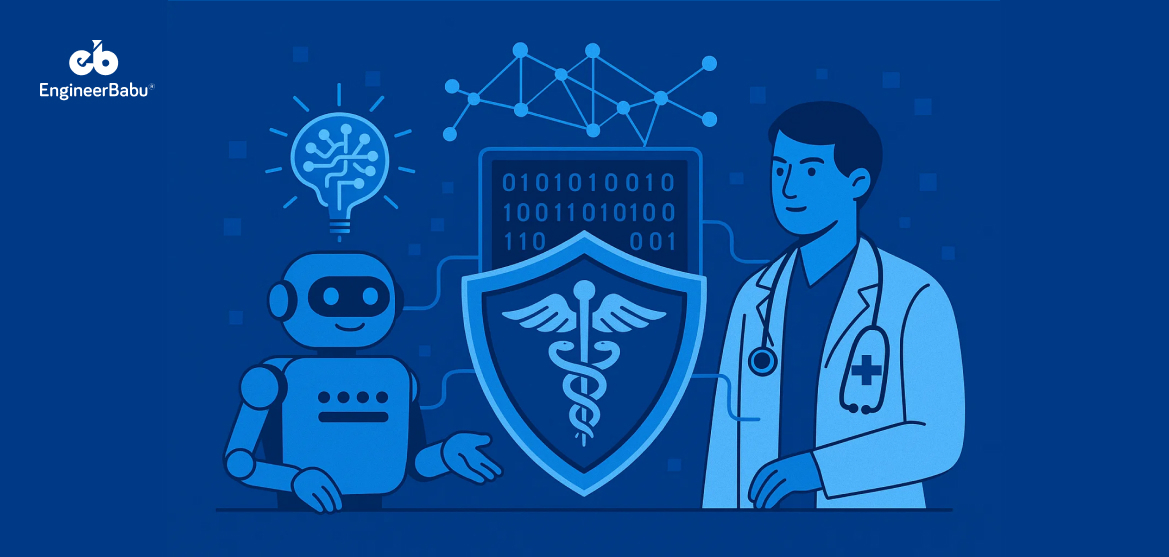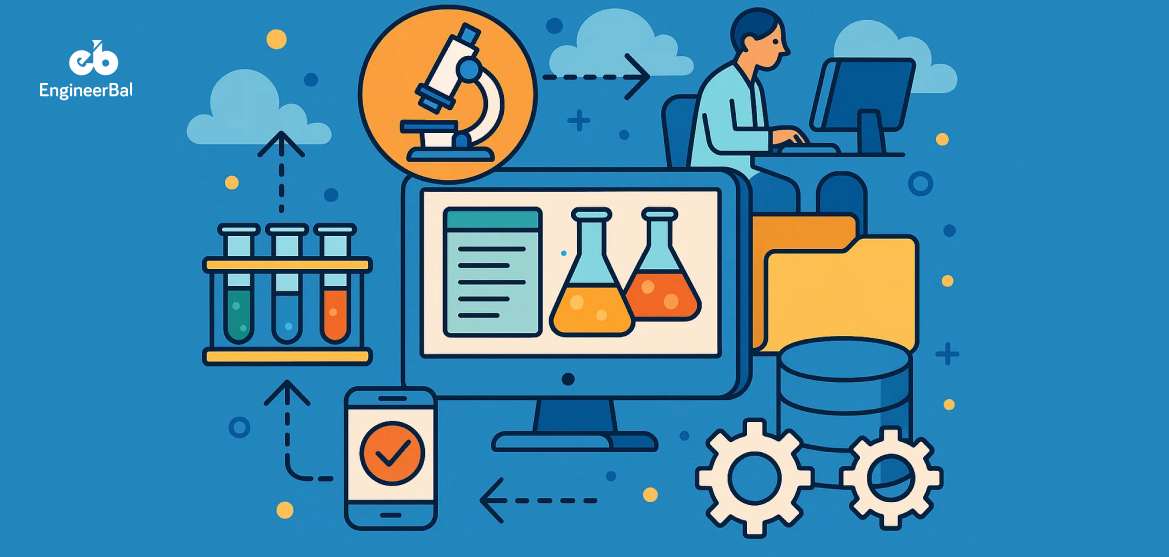“I can never get through.” “No one called me back.” “Why didn’t anyone tell me about this?”
These aren’t rare complaints — they’re what patients say every day when healthcare feels slow, unresponsive, or confusing.
The truth is, most of these frustrations don’t come from bad care. They come from broken communication and clunky systems.
According to a survey, 93% of patients say they want better digital tools to manage their care, but only 31% feel their providers offer a seamless digital experience. That’s a big gap — and a big opportunity.
One tool that can bridge that gap? A well-built patient portal.
Patient portals aren’t just a convenience. They solve real problems that lead to missed appointments, unanswered questions, and frustrated patients walking out the door. In this post, we’ll break down six of the most common complaints — and show how a patient portal can help fix them.
Complaint #1: “I never know when my next appointment is.”
Missed appointments cost the U.S. healthcare system over $150 billion every year, according to a study by SCI Solutions. And a big chunk of that comes down to poor communication — patients either forget appointments or never get a clear reminder in the first place.
It’s a simple problem with a simple fix.
A patient portal makes it easy for people to view upcoming appointments, reschedule if needed, and even sync those appointments with their personal calendar. Automated reminders — via email, text, or push notifications — help reduce no-shows without adding work for your staff.
Patients appreciate not having to call just to check if they’re booked. And your front desk team spends less time chasing down confirmations.
It’s a win-win — less frustration for patients, more efficiency for providers.
Complaint #2: “I hate waiting on hold just to ask a question.”
For most patients, calling the clinic is the last thing they want to do — especially if it means sitting on hold, getting transferred, or leaving a voicemail that may or may not get returned.
In fact, 62% of patients said long phone wait times negatively impact their overall experience with a healthcare provider.
Patient portals solve this by giving patients a direct line to their care team. Through secure messaging, they can ask non-urgent questions, request updates, or clarify instructions — all without picking up the phone.
It’s not just easier for patients. On the backend, staff can reply when they’re available instead of being tied to live calls. This reduces pressure on your front desk and cuts down call volume significantly.
For providers, this also creates a record of communication, which can be helpful for follow-ups and documentation. For patients, it just feels like someone is finally listening.
Complaint #3. “No one ever explains my test results.”
Getting a test done is only half the story — patients want to understand what the results actually mean. But too often, they’re left waiting days for a callback or are told to schedule another appointment just to get basic answers.
That delay creates anxiety. According to a report published in Patient Education and Counseling, more than 60% of patients experience stress while waiting for test results, and unclear communication only makes it worse.
A patient portal changes that.
Results can be posted automatically as soon as they’re available, often with an explanation written in plain language. Some portals even include provider comments or links to trusted educational content to help patients make sense of the numbers.
When results are shared quickly and clearly, patients feel informed and respected. They’re more likely to follow care instructions — and less likely to call your office asking for updates.
Complaint #4: “I don’t understand my bills.”
Medical billing is one of the most confusing parts of the patient experience. Charges show up without context, payment deadlines feel unclear, and surprise fees only add to the frustration. It’s no wonder nearly 40% of patients say they’ve been confused by a medical bill at some point.
A patient portal can make the billing process way less painful.
Instead of vague paper statements, patients can log in and see a digital breakdown of what they owe, what insurance covered, and why. Some portals even let users click into line items for more detail — turning a wall of codes into something human-readable.
On top of that, adding online bill pay gives patients a fast, convenient way to settle balances — no checks, no waiting on hold, and no lost invoices.
The result? Fewer billing questions, faster payments, and a smoother experience overall.
Complaint #5: “I can’t get my prescriptions refilled easily.”
Refilling a prescription should be simple — but for many patients, it turns into a game of phone tag with their provider’s office or pharmacy. This can cause delays in care, missed doses, and unnecessary frustration.
The CDC estimates that up to 50% of medications for chronic conditions are not taken as prescribed, and refill delays are a key reason why.
A patient portal streamlines this process. With a few clicks, patients can request a refill directly from their provider — no phone calls, no back-and-forth. Providers get the request in their system, review it, and approve or deny with a quick note.
Some portals even allow patients to track the status of their request, so they’re not left guessing whether it went through.
That kind of transparency reduces stress and helps keep people on track with their treatment — especially those managing chronic conditions that rely on consistent medication.
Complaint #6: “I never feel like I’m part of my own care.”
One of the biggest frustrations patients express is feeling like they’re just being “processed” through a system — not included in decisions or kept informed.
And that matters. According to the Institute for Healthcare Improvement, engaged patients have better outcomes, fewer readmissions, and higher satisfaction levels. But engagement doesn’t happen if patients don’t have access to their own information.
Patient portals give patients a seat at the table.
They can view visit summaries, read provider notes, track lab results, and access care plans. Many portals also let patients upload documents, record symptoms, and even share data with caregivers or family members. This makes it easier for patients to stay involved and prepared — especially during complex or long-term treatments.
When people have access to their records and a simple way to communicate with providers, they feel like partners — not bystanders — in their healthcare.
Need a Patient Portal That Actually Solves Patient Problems?
Building a portal that just “checks the box” isn’t enough anymore. Patients expect intuitive design, secure access, and features that actually help them manage their health. That takes more than off-the-shelf software — it takes the right tech team behind it.
Engineerbabu is a trusted IT service provider with extensive experience in building healthcare products. Whether you’re creating a patient portal from scratch or upgrading an old one, our experts can build a portal that follows HIPAA compliance, implement EHR integration, and create a patient-first design.
Conclusion
Every complaint listed here — long waits, missed info, billing confusion, feeling left out — doesn’t require a massive overhaul of your entire healthcare operation. Most of them can be solved with one tool: a good patient portal.
And we’re not talking about a basic login page. We’re talking about portals that actually help people manage their care — ones that are easy to use, mobile-friendly, and built around what patients really need.
For healthcare providers, that means fewer support calls, smoother workflows, and better patient satisfaction. For startups building in this space, it’s a clear roadmap of what to prioritize. And for clinic admins, it’s proof that digital tools aren’t just nice to have — they’re now expected.
The more your portal solves these day-to-day problems, the more your patients will use it — and the better your entire system runs.
FAQs
What is the biggest benefit of a patient portal?
Better communication. Patients can send messages, view results, schedule appointments, and access their health data — all without calling the clinic.
Can patient portals really reduce no-shows and missed appointments?
Yes. Automated reminders and calendar integration help patients stay on top of their appointments. This reduces no-show rates and improves scheduling efficiency.
How do patient portals improve billing clarity?
They give patients digital access to detailed statements, payment history, and insurance breakdowns. Some even allow secure online payments, reducing confusion and speeding up collections.
Is it safe to share sensitive information through a portal?
If the portal is built with proper encryption, authentication, and access controls, it’s very secure. Portals should always follow HIPAA and other data privacy regulations.
How can Engineerbabu help my practice build a patient portal?
Engineerbabu has expert development teams experienced in healthcare IT. They specialize in building secure, user-friendly portals that meet compliance standards and integrate with EHR systems.




